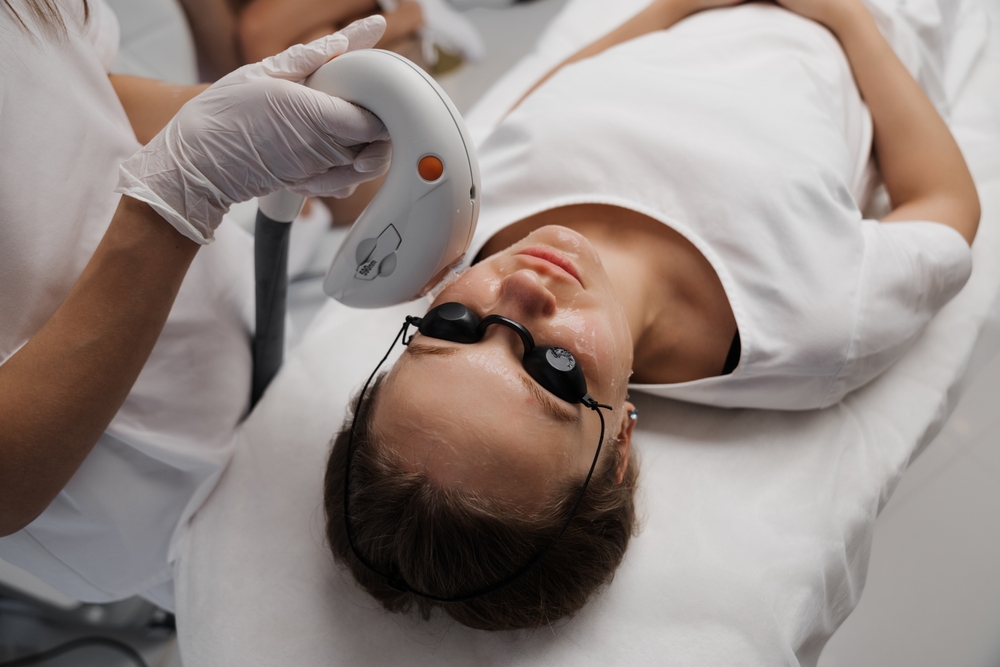Wilson Eyecare Professionals Blog

When it comes to managing chronic dry eye, identifying the root cause is the first step toward lasting relief. For many patients, ocular rosacea - a skin condition that affects the eyelids and surrounding areas - is a hidden culprit behind their discomfort.

If your eyes often feel irritated, gritty, or watery, you may be dealing with chronic dry eye syndrome. For many patients, the missing piece in their treatment plan isn’t more artificial tears - it’s technology.

Living with dry eye can feel like a constant struggle. While traditional treatments like artificial tears or warm compresses may bring temporary relief, they don’t always solve the underlying problem.

If you live in Greenfield, Indiana, you know how quickly seasonal changes can stir up allergy symptoms, especially when it comes to your eyes. Many of our patients experience itchy, watery, or burning eyes during spring and fall and wonder whether it’s allergies, dry eye, or both. While these conditions often feel similar, they have different causes.

If you live in Greenfield and struggle with dry, irritated eyes that just won’t improve, you’re not alone. Dry eye is a common condition in our community, especially with seasonal changes and increased screen time.

Dry, tired eyes are a common issue for many people, especially in today’s digital world. While screen time, aging, blepharitis, and environmental factors all contribute, what you eat also plays a significant role in how your eyes feel and function.

Dry eye disease is a chronic condition that can significantly impact your comfort, vision, and quality of life. While many treatments only offer temporary relief, intense pulsed light (IPL) therapy goes a step further by targeting the underlying causes of dry eye. At Wilson Eyecare Professionals, we’re proud to offer IPL as a cutting-edge solution for patients seeking long-lasting relief.

If you struggle with chronic dry eyes, meibomian gland dysfunction (MGD), or ocular rosacea, you may have heard of Intense Pulsed Light therapy, commonly referred to as IPL. While this technology was originally developed for dermatological conditions, its growing success in the eye care field has made it an increasingly popular treatment for long-term relief.

Dry eye is a common issue that affects people of all ages, but it tends to become more noticeable as we get older. Whether it’s due to Indiana’s seasonal weather shifts, time spent staring at screens, or underlying health conditions, managing dry eye early can make a big difference in your daily comfort and long-term eye health.

For individuals suffering from chronic eye irritation, dryness, and inflammation, relief can feel like a never-ending search. Whether the discomfort stems from dry eye disease, blepharitis, or meibomian gland dysfunction (MGD), intense pulsed light (IPL) therapy is emerging as a highly effective treatment option.






